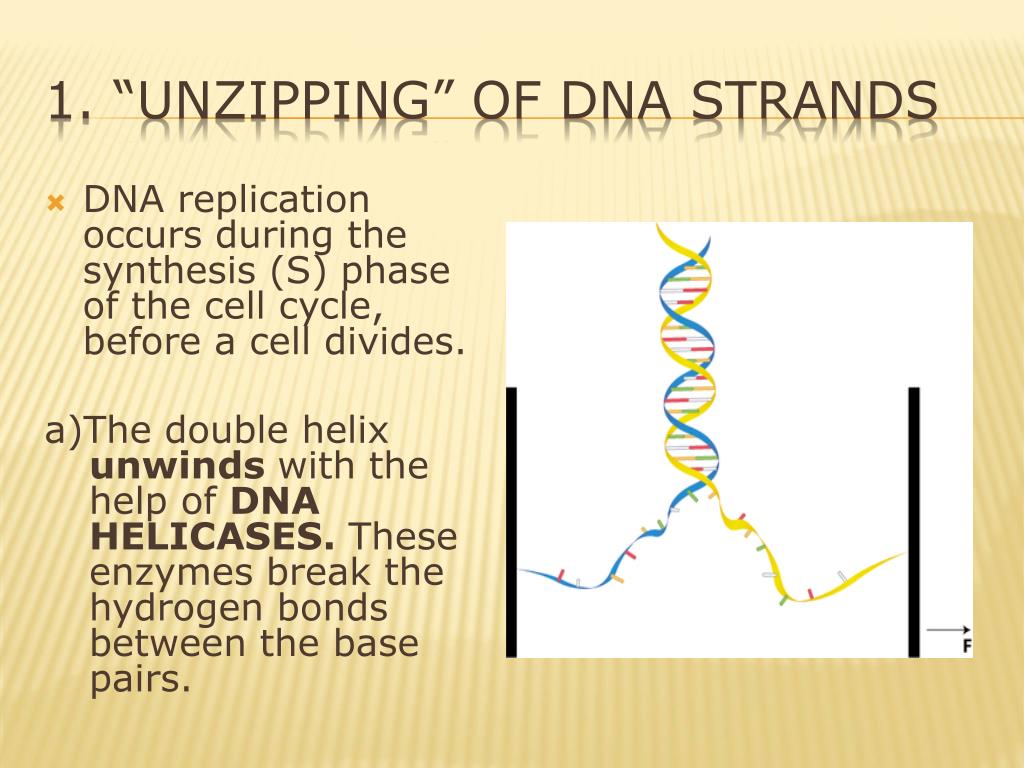

Here, we have attempted to summarize our current understanding of the regulation of action of DNA polymerases with respect to their roles in DNA replication, TLS, DNA repair, DNA recombination, and cell cycle progression. Members of this family have recently received a great deal of attention due to the roles they play in translesion DNA synthesis (TLS), the potentially mutagenic replication over DNA lesions that act as potent blocks to continued replication catalyzed by replicative DNA polymerases. This UmuC-DinB-Rad30-Rev1 superfamily of DNA polymerases has members in all three kingdoms of life.

Most notably, the current list now includes a completely new family of enzymes that are capable of replicating imperfect DNA templates. Two important and timely questions with respect to DNA replication, DNA recombination, and DNA repair are: ( i) what controls which DNA polymerase gains access to a particular primer-terminus, and ( ii) what determines whether a DNA polymerase hands off its DNA substrate to either a different DNA polymerase or to a different protein(s) for the completion of the specific biological process? These questions have taken on added importance in light of the fact that the number of known template-dependent DNA polymerases in both eukaryotes and in prokaryotes has grown tremendously in the past two years.

Genetic and Biochemical Evidence Suggesting a Need for Multiple DNA Polymerases for Bypassing Certain DNA Lesions.The β Processivity Clamp of Pol III Communicates Directly with Multiple Proteins to Promote DNA Replication and DNA Repair.

Interactions with Components of the Replicative DNA Polymerase Appear to Play a Role in TLS and Checkpoint Functions of the umuDC Gene Products.A DNA Polymerase Protein Can Have Additional Biological Roles.Translesion Synthesis by DNA Pol V also Requires RecA and SSB.coli DNA Polymerase V ( umuDC) Is Regulated both Transcriptionally and Posttranslationally. coli DNA Polymerase V ( umuDC): Lessons Learned from More than 25 Years of Studying a Lesion-Bypass DNA Polymerase. Other Physiological Roles of DNA Polymerases Besides Chromosomal DNA Replication.Coordination of Multiple DNA Polymerases During Chromosomal DNA Replication in Prokaryotes.Coordination of Multiple DNA Polymerases During Chromosomal DNA Replication in Eukaryotes.What Controls Which DNA Polymerase Acts at a Given Primer Terminus?.A Superfamily of DNA Polymerases Involved in Replication of Imperfect DNA Templates._ and _ proofread the newlyformed strand and remove and replace any incorrectly pairednucleotides. _ joins the segments togetherby forming a _ bond between the nucleotides on theends of the segments. _ removes the RNA nucleotides and replaces themwith DNA nucleotides. Replication can proceed continuously with the _strand while the _ strand must be made in discontinuoussegments called _. Using the template strand as a guide, _ addsDNA nucleotides to the 3' end of the growing strand.į. The enzyme _ lays down RNA nucleotides that will beused by _ as a starting point to begin synthesis of thenew DNA strand.Į. _ attach themselves to the individual DNAstrands to prevent them from reforming hydrogen bonds.ĭ. The enzyme _ breaks the hydrogen bonds between thetwo DNA strands, resulting in an unzipped helix that terminates atthe _.Ĭ. The enzyme _ removes the tension by unwinding thedouble helix.ī. Fill in the missing terms to complete thesentences.Ī. The following sentences summarize the process of DNAreplication.


 0 kommentar(er)
0 kommentar(er)
